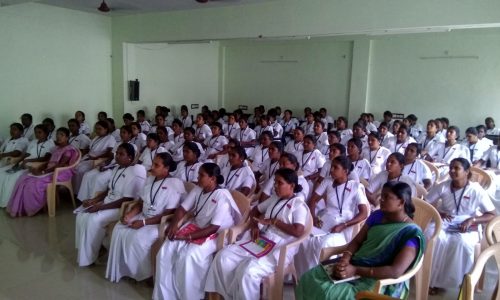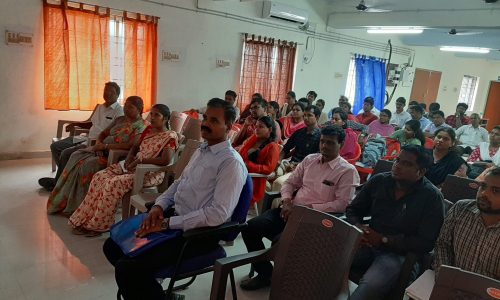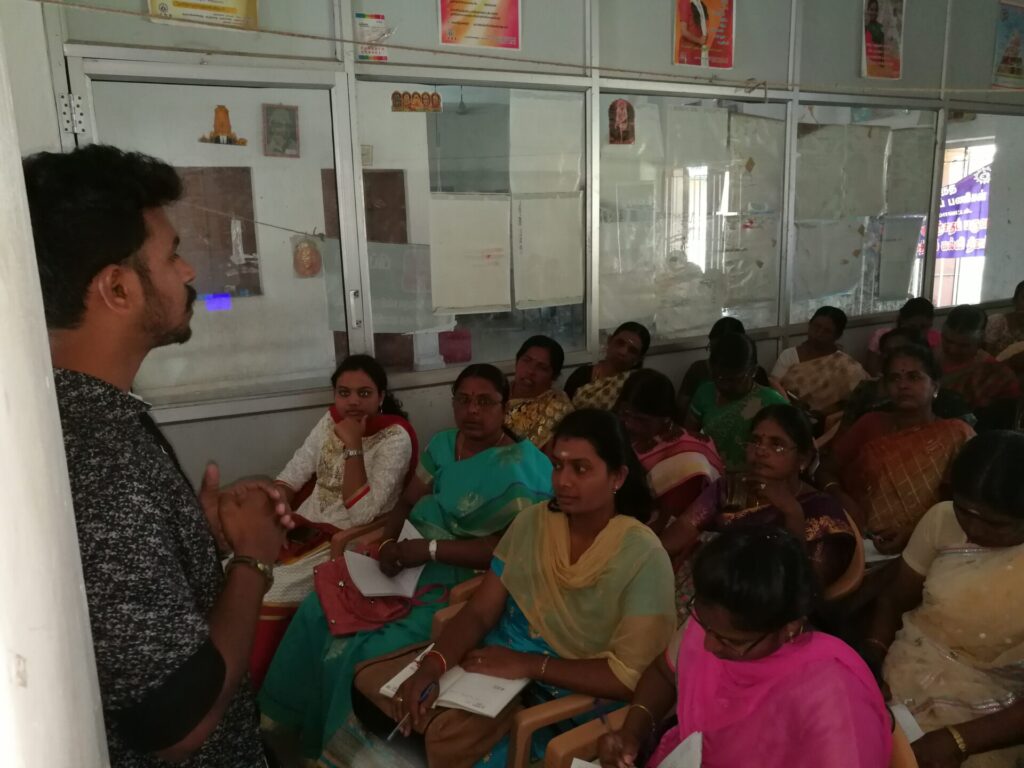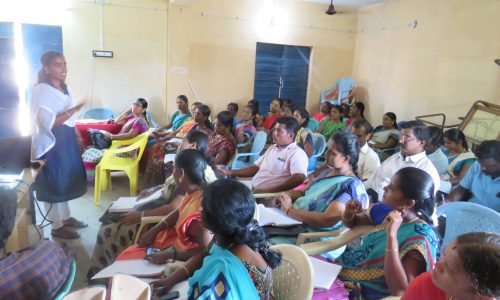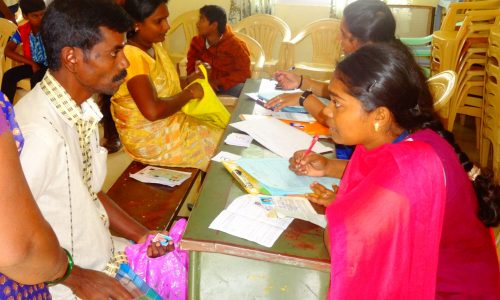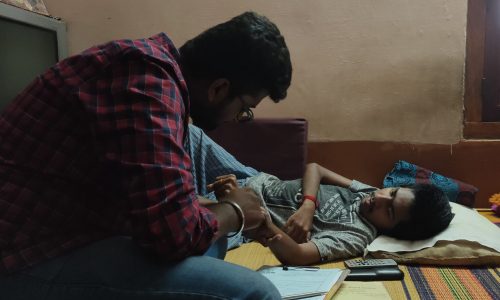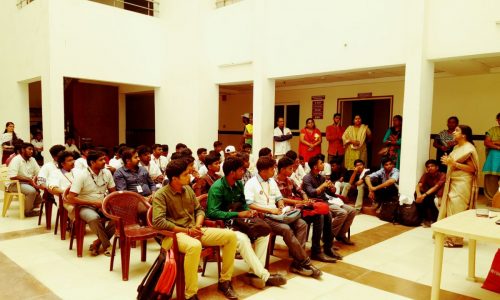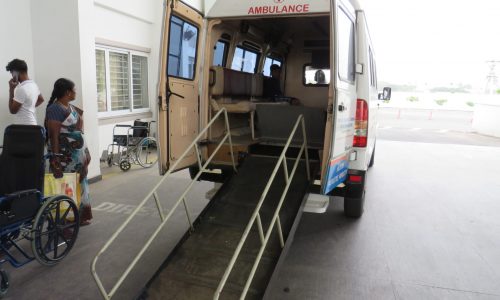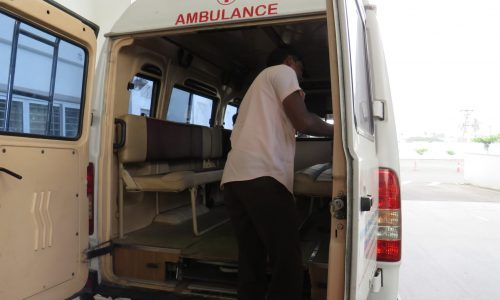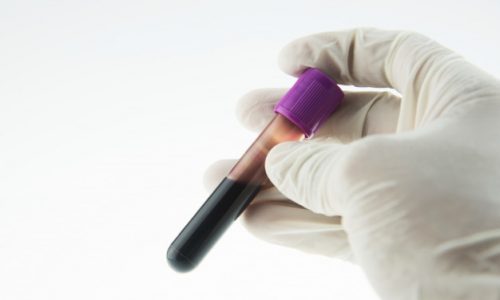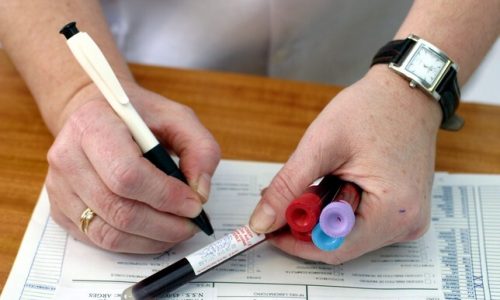Registry
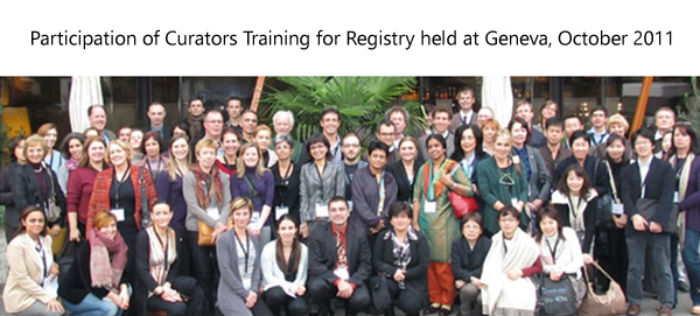
A patient registry is an organized system that uses observational study methods to collect uniform data (clinical and demographic) to evaluate specified outcome for a population which could be defined by a particular disease, condition or exposure and that serves as a predetermined scientific (researchers), clinical, or policy purpose. Recent scientific and medical advances have led to substantial changes in the treatment of many neuromuscular conditions. New therapeutic strategies are being developed and for some of these treatments, plans for large studies involving participants from more than one country are already in place.
For a developing country like India, with a population more than a billion, the expected cases of Duchenne Muscular Dystrophy (DMD) and Spinal Muscular Atrophy (SMA), the most lethal childhood diseases is expected to be rather high. Moreover, the number of cases in our country remains unknown. Having a grasp of this knowledge can increase external support for such lethal diseases which are currently orphaned. The initiatives on identification and registering patients with DMD & SMA will pave way towards efficient management and prevention of the disorder. This initiative on creation of the registry which is
1. Descriptive – covering Demographic details
2. Analytical – covering CPK & Molecular data
3. Preventive – covering Carrier Analysis and Prenatal Diagnosis
This model of bringing together the Descriptive, Analytical and Preventive registry which addresses comprehensively the needs of the patient community will be a world class approach. This complete information on registry will help
1. Government bodies to understand about the disorder and its prevalence to take appropriate steps through policy makers.
2. Being an important tool in connecting network of expertise.
3. Foster to take lab to bed side.
4. Increase the knowledge about diseases leads to improved care for the patients.
5. Contribute to improved awareness and understanding of disease and treatment practices where the patient is the “winner”.
6. Encourage the parent bodies to create network amongst affected families to effectively handle and manage the disorder.
This type of registry is first of its kind in India. This effort on registry will pave way to understand better about the prevalence of the disorders among our population, to facilitate networking of clinicians and researchers and to enable dissemination of updates on standards of care, upcoming research programs and therapies in the pipeline.

